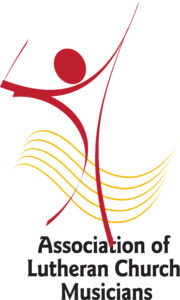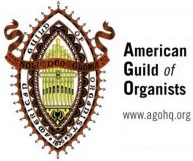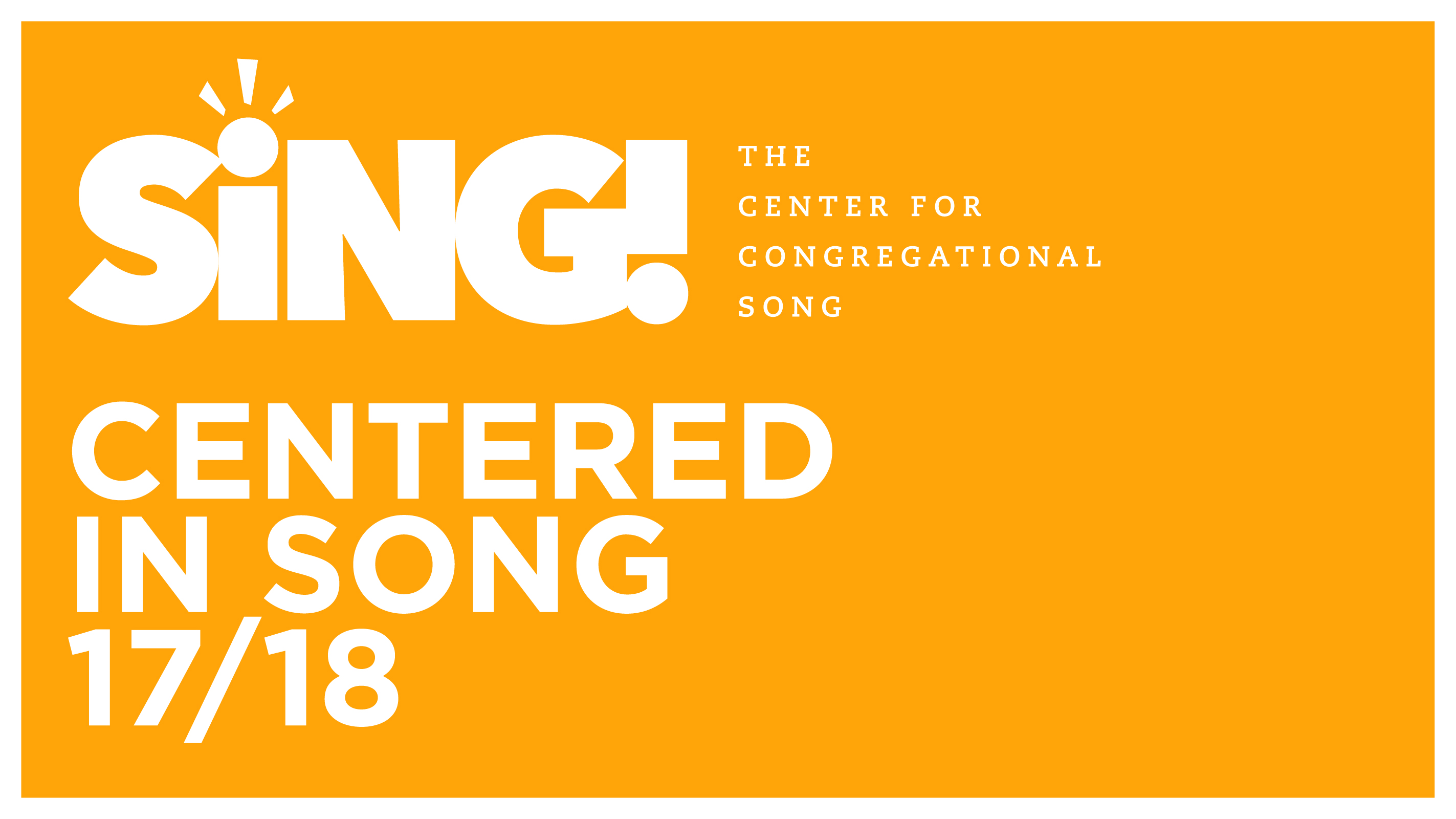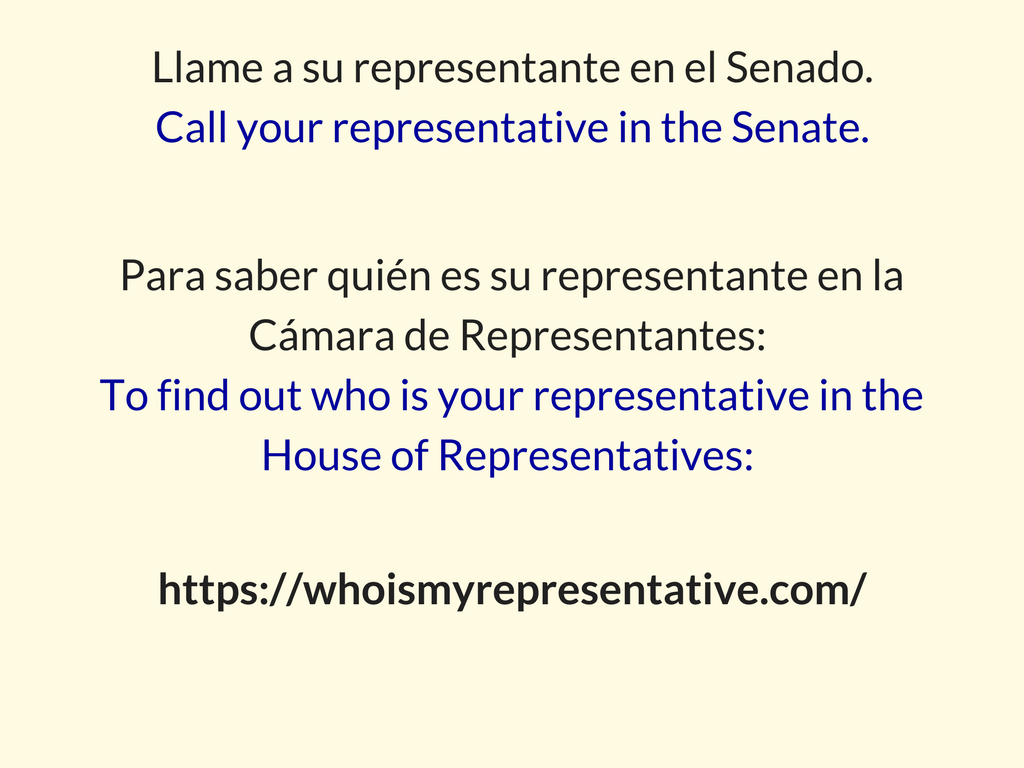A Cappella Sunday Hymn Suggestions YEAR A
What:
A Cappella Sunday is when worshiping communities from across the world commit to singing a cappella in their Sunday morning worship service. For communities where this is a new concept, it could just be one hymn, but for communities that are more comfortable singing unaccompanied, they are encouraged to sing their entire service a cappella. Below are why we do it, when we do it, and some resources to help make it successful.
Why:
Spending one Sunday a year to focus on your congregation singing a cappella (without instrumental accompaniment) has many benefits and purposes.
- It connects us to the history of the church. For thousands of years, a cappella singing was the mainstay of the church’s song. By recognizing this and exploring this way of music-making, we are acknowledging and honoring the saints of the past.
- It connects us to many Christian denominations, traditions, and regions of the world that continue to use a cappella music as their primary mode of music-making in corporate worship. Those include but are not limited to many Mennonite denominations, the Church of Christ, many Orthodox traditions, the Church of God in Christ, and South African Methodists.
- It offers to God something that is, for many congregations in the United States and Canada, a gift that is different from our usual music-making. Psalm 96:1 tells us to “Sing a new song to the Lord,” which can be achieved for some of us by singing a cappella.
- It encourages the congregation’s song by building up confidence in their own voices. Many in our congregations believe that they can’t sing, or can’t sing well. Singing a cappella presents those people with the best opportunity to hear themselves and others singing, giving them a fresh perspective on their assumptions of their own abilities and the ability of the congregation’s combined voice.
- It emphasizes the unique ability of instruments to enhance the congregation’s song. By showing the congregation that they can sing without instrumental accompaniment, instrumental accompaniment can then begin to enhance and empower the congregation’s voice rather than acting primarily as a crutch.
- It allows the instrumentalists to spend a Sunday listening carefully to the congregation to assess where their voice needs support. Often times it is hard to listen carefully to the congregation when you are focusing on playing your instrument accurately and musically. This gives the instrumentalists permission to step away for a Sunday without feeling like they are leaving the congregation stranded.
- Finally, singing a cappella is fun! By removing our typical means of accompanying song, our minds are often challenged to come up with new and creative ways to sing together that maintains energy and vitality. It can bring out the best in not only the congregation, but in the musician’s leadership.
It was a rich Lenten experience to spend a Sunday morning worshiping with only our voices. Thanks to @The Center for Congregational Song for the inspiration and encouragement. Soli Deo Gloria; To God alone be the glory!! – Justin Fox of Grace Community Church, Seal Beach, CA
When:
Each year on the first Sunday of Lent (2020 is Sunday, March 1st)
Let us know you’re participating!
Resources:
Download Our Guide for Lectionary Year A (2017, 2020, 2023)
Download our Guide for Lectionary Year B (2018, 2021, 2024)
Download Our Guide for Lectionary Year C (2016, 2019, 2022)
Friend of The Center, D.J. Bulls from the Dallas/Ft. Worth area has spent his career in an a cappella singing denomination the Church of Christ.
Below are three resources he suggests to check out if your interested in a cappella hymn singing:
1. Fearless4you.com Is a website that provides a cappella, four-part congregational arrangements for a number of different types of modern hymns and contemporary worship songs/anthems/choruses. Available in round and shaped notes, many with rehearsal recordings and projected notation as well.
2. ZOEgroup.org This is a group that has done 20 something albums of four-part, presentational, and congregational a cappella worship. Folios with arrangements and individual pdf’s are available on their website and recordings are available on the iTunes store, Amazon Music, and google play.
3. paperlesshymnal.com This is a site that is a compendium of digital, projected four-part arrangements for congregations of thousands of hymns.
Sample Bulletins from Years Past
Supporting Organizations:
2020 Participants Include:
* = First Time Participants
Airline Baptist Church* – Metairie, LA
All Saints’ Westboro Anglican Church – Ottawa, ON, CAN
Bethesda Presbyterian Church – Aberdeen, NC
Calvary Chapel* – Albuquerque, NM
Celebration Presbyterian Church* – Myrtle Beach, SC
Central Presbyterian Church – Baltimore, MD
Choir Festival of the Island Churches* – St. Peter Port, Åland Islands
Church of Our Saviour Lutheran – Fond du Lac, WI
Church of the Holy Cross Episcopal* – Edgewood, NC
Duke University Chapel* – Durham, NC
East End United Church – Toronto, ON, CAN
Fifth Avenue Baptist Church – Huntington, WV
First Baptist – Rapid City, SD
Fuller Avenue Christian – Grand Rapids, MI
Gethsemane Lutheran Church – Columbus, OH
Good Shepherd Episcopal* – Humble, TX
Grace Community Church – Seal Beach, CA
Highland Baptist Church* – Kitchener, ON, CAN
Holy Trinity Lutheran Church – Akron, OH
Jesup First Methodist Church* – Jesup, GA
Long Memorial UMC* – Roxboro, NC
Lutheran Church of the Master* – Coeur D’Alene, ID
New Bloomfield United Methodist* – New Bloomfield, PA
Peace Presbyterian Church* – Bradenton, FL
Port Stanley United Church – Port Stanley, ON, CAN
Saint Andrew Presbyterian Church* – Denton, TX
Salem United Church of Christ* – Doylestown, PA
Seward United Methodist Church* – Seward, NE
St John’s Lutheran* – Orange, CA
St. James Lutheran – Pottstown, PA
St. John Lutheran Church – Roanoke, VA
St. Peter Lutheran Church* – Mechanicsburg, PA
St. Philip’s Anglican – Toronto, ON, CAN
St. Stephen Lutheran Church* – Kitchener, ON, CAN
Storrs Congregational Church UCC – Storrs Mansfield, CT
The First Baptist Church in America – Providence, RI
Vestavia Hills Baptist Church – Birmingham, AL
Vienna Baptist Church – Vienna, VA
Village on Antioch Presbyterian Church – Overland Park, KS
West Side Presbyterian Church* – Ridgewood, NJ
Westminster United Church – Whitby, ON, CAN
















 did have a lot of skills. As a preacher and rhetorician, a theologian, a poet, and author of some of the early hymn melodies—though it’s a bit unclear how many were written by Luther because he collaborated so much with Johann Walter. He’s not a Josquin-level composer, but they are good, beautiful melodies. But music was also an important part of his life. He played the lute, liked to sing; he sang with his family and friends, and music was an important part of his private life, and he appreciated the power of music.
did have a lot of skills. As a preacher and rhetorician, a theologian, a poet, and author of some of the early hymn melodies—though it’s a bit unclear how many were written by Luther because he collaborated so much with Johann Walter. He’s not a Josquin-level composer, but they are good, beautiful melodies. But music was also an important part of his life. He played the lute, liked to sing; he sang with his family and friends, and music was an important part of his private life, and he appreciated the power of music.
